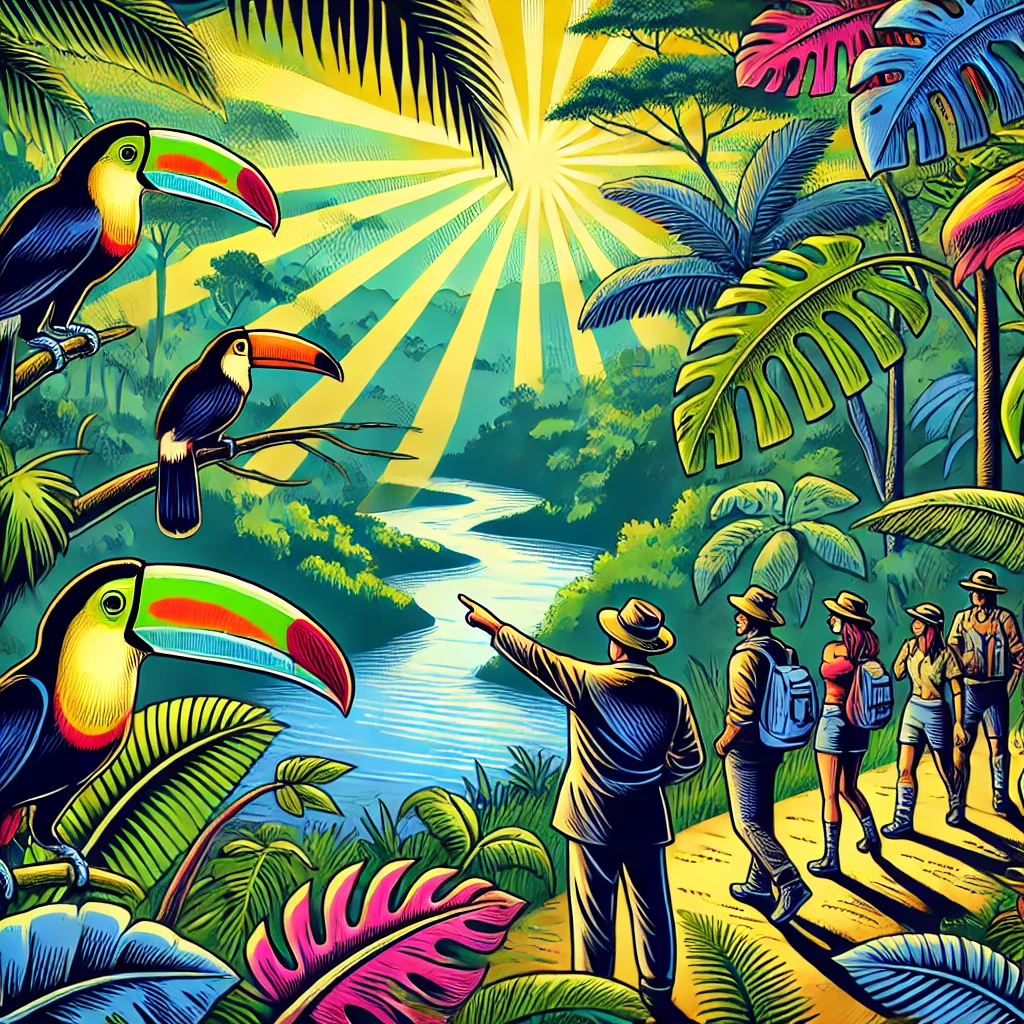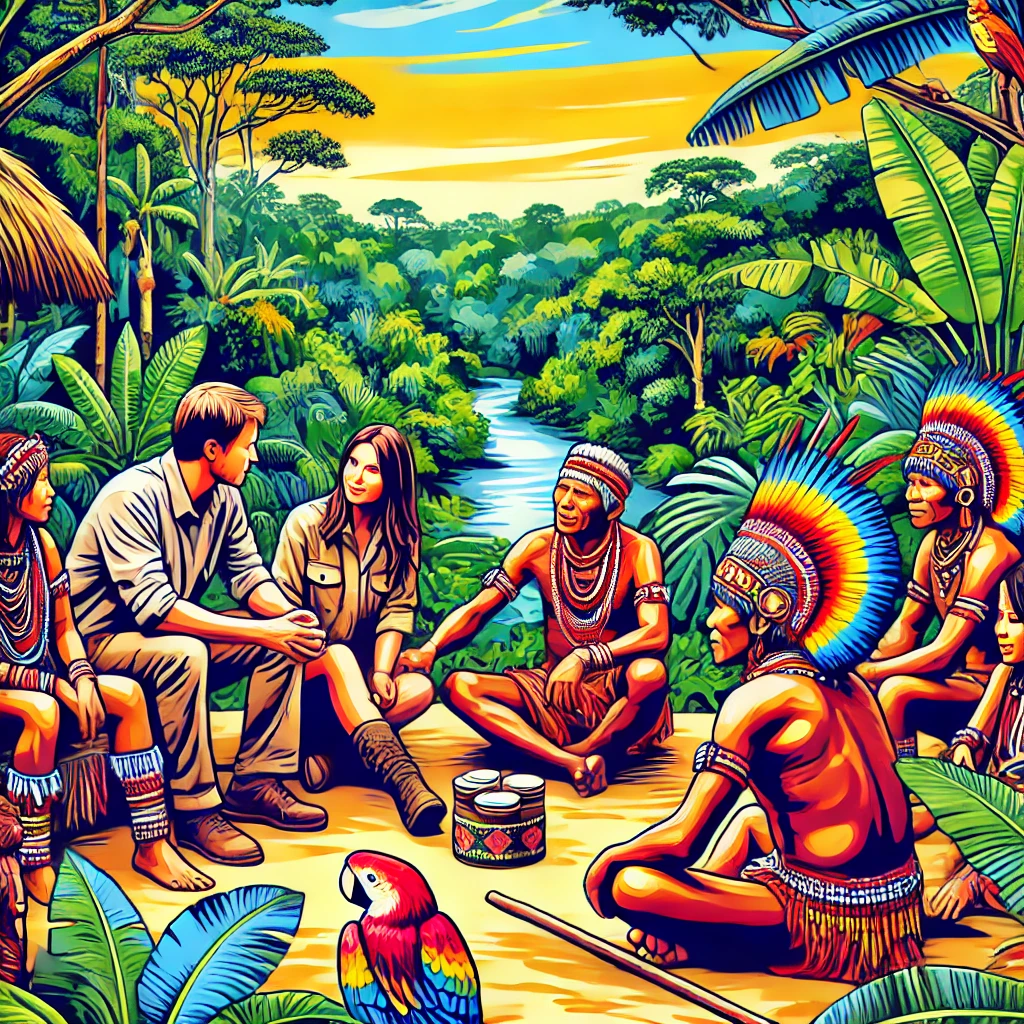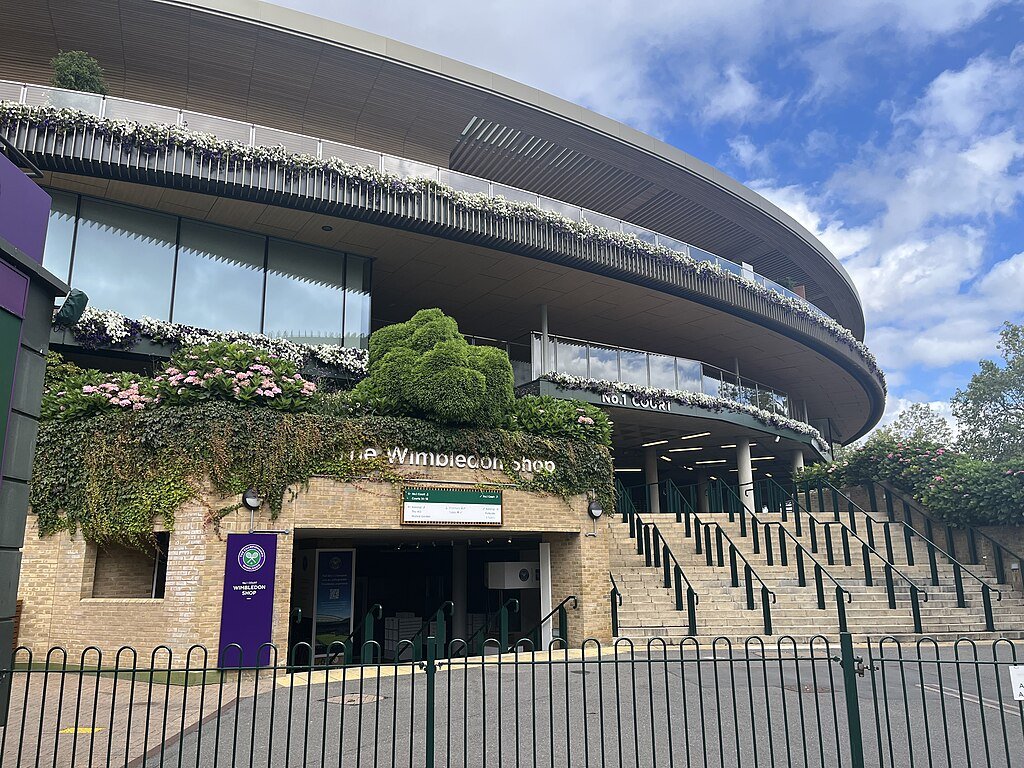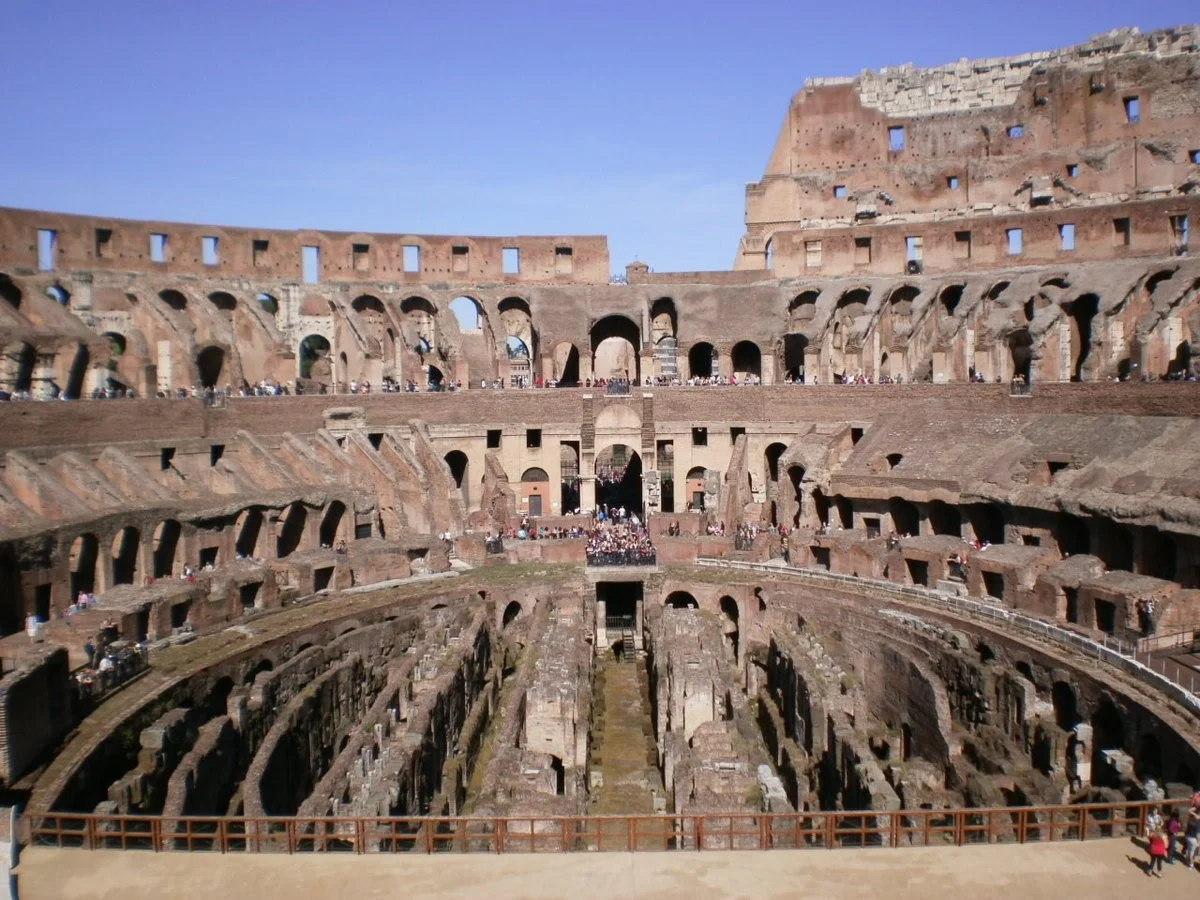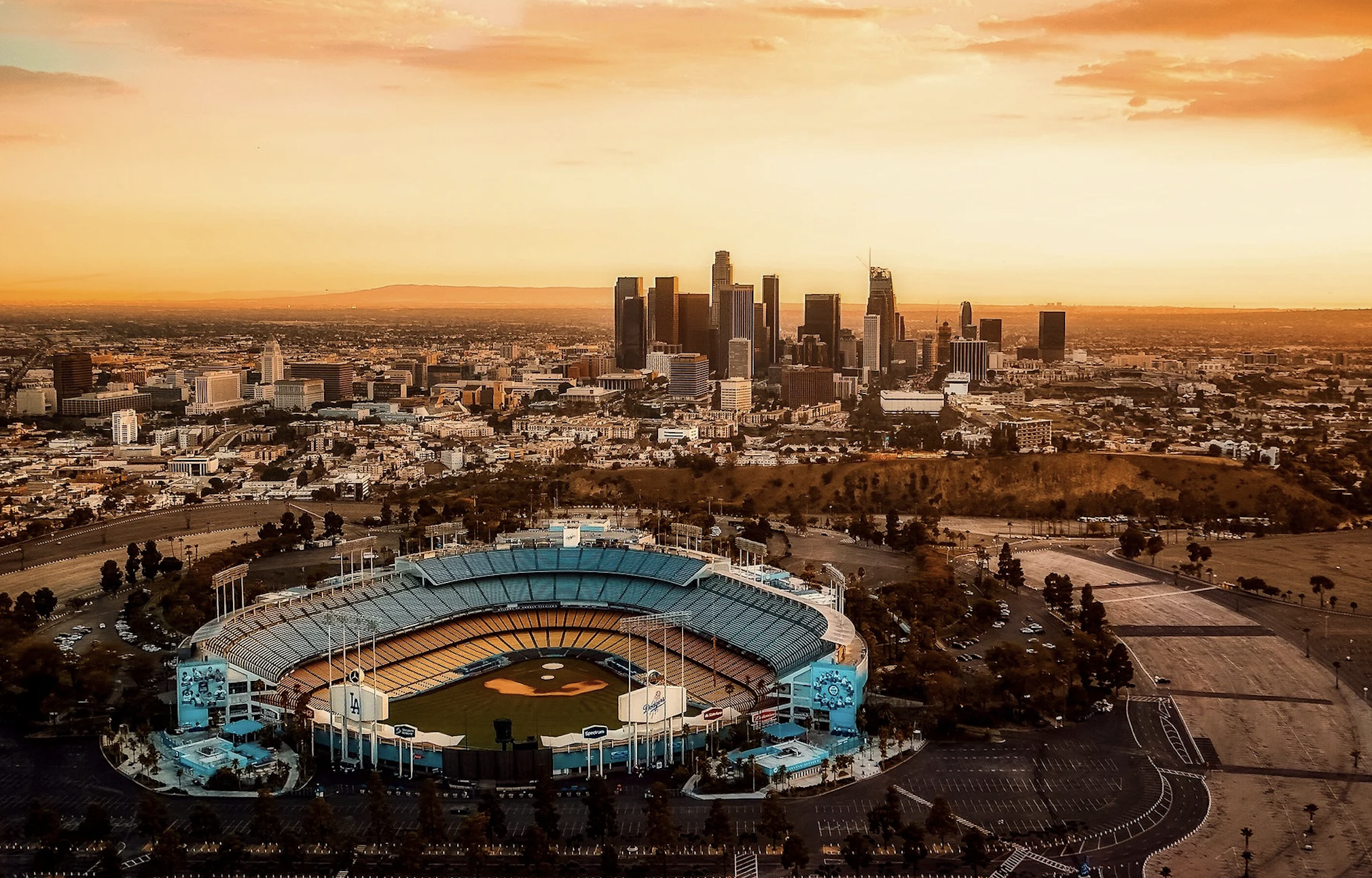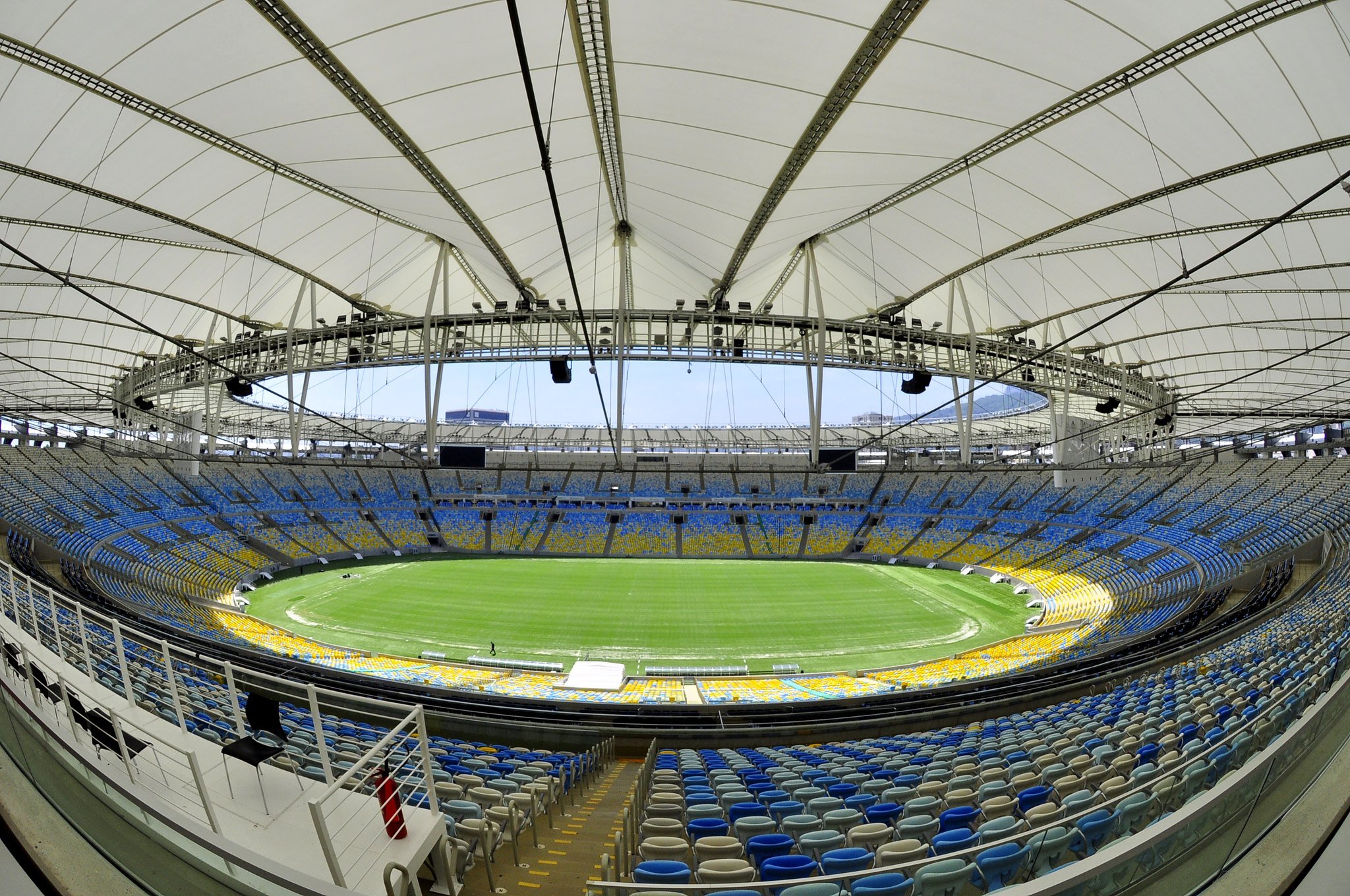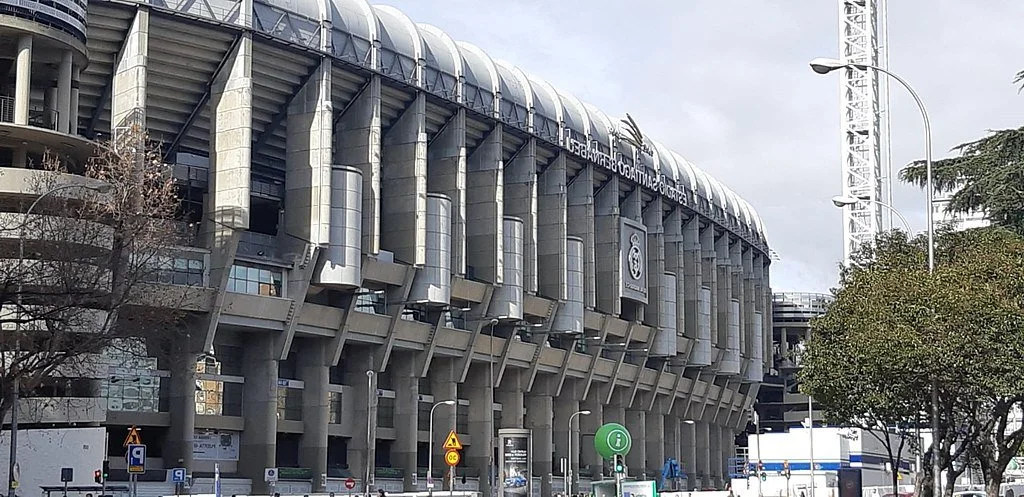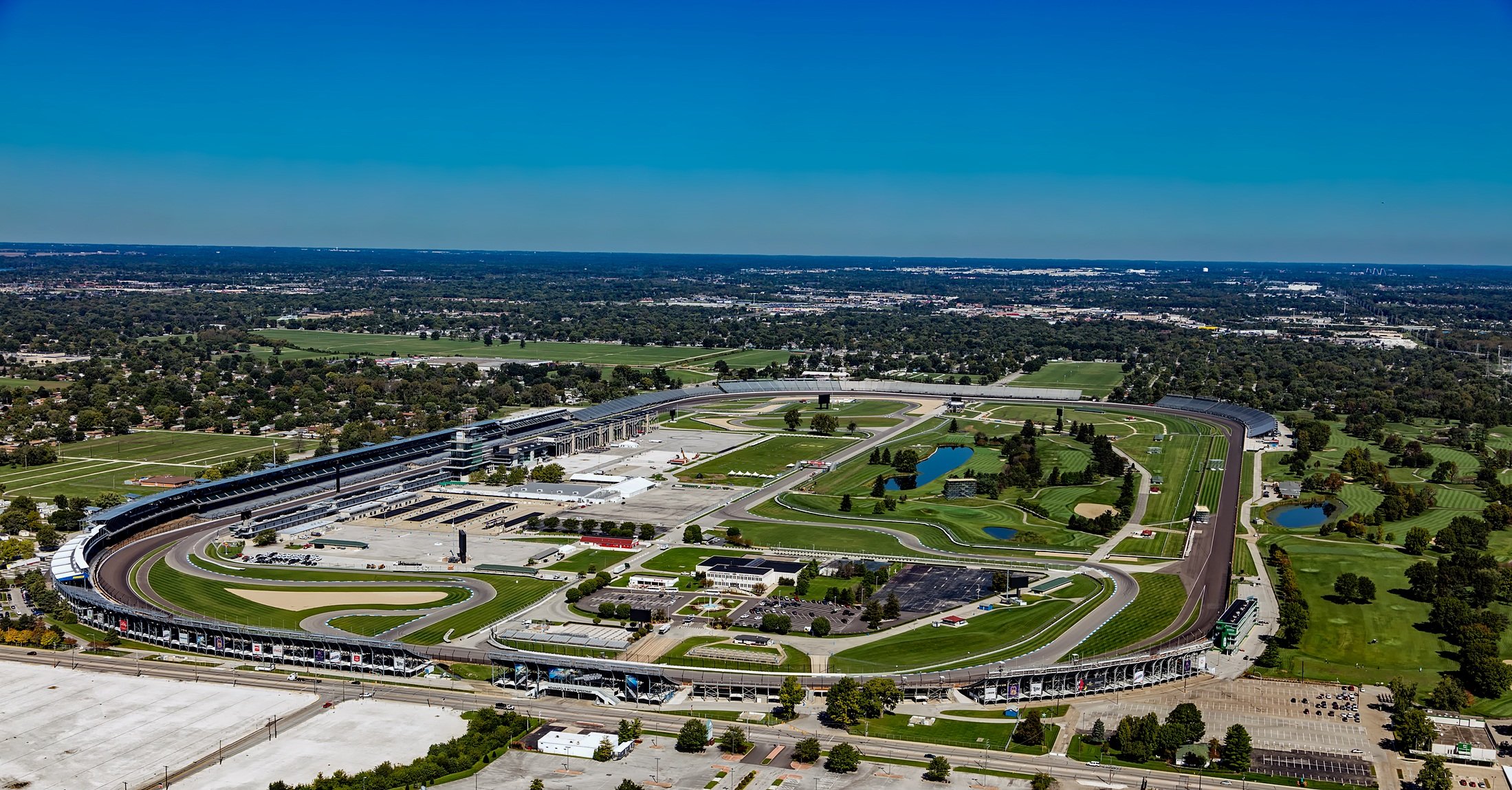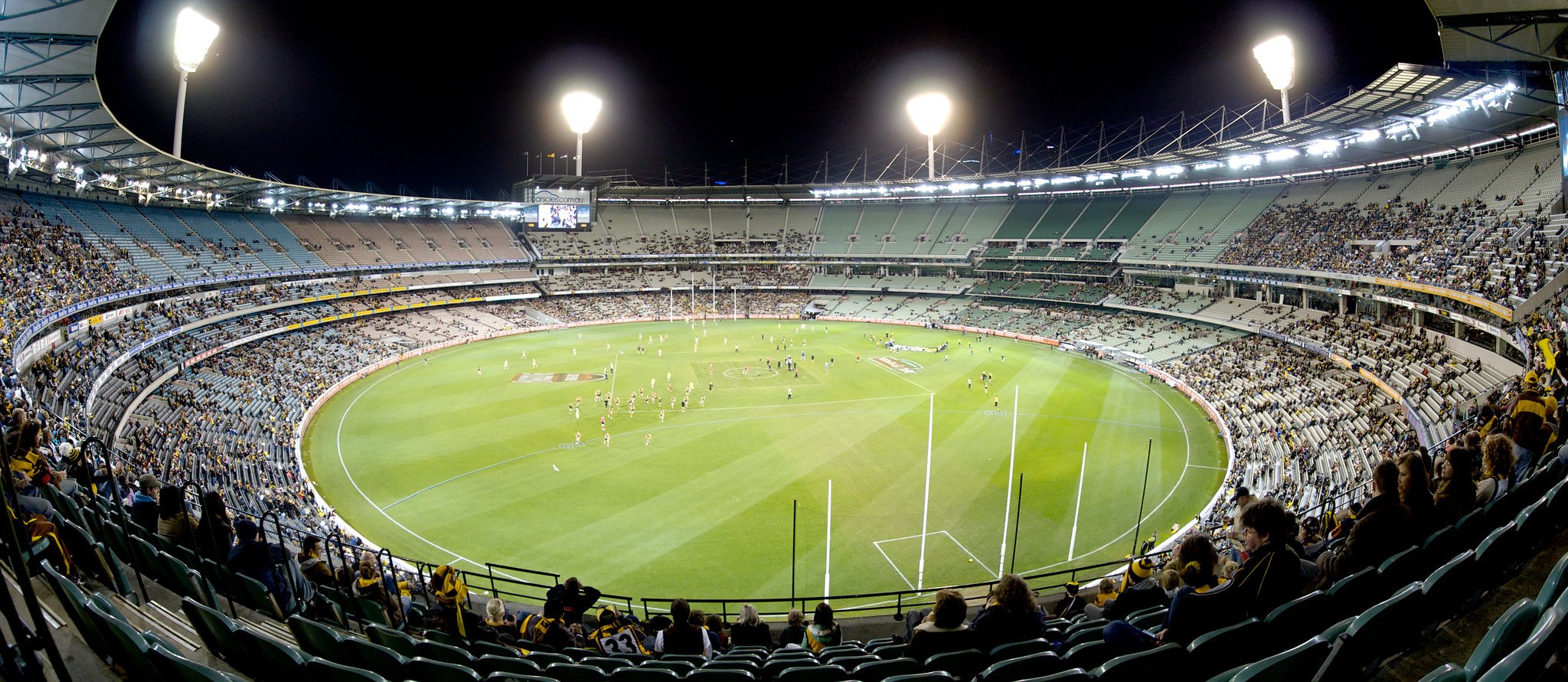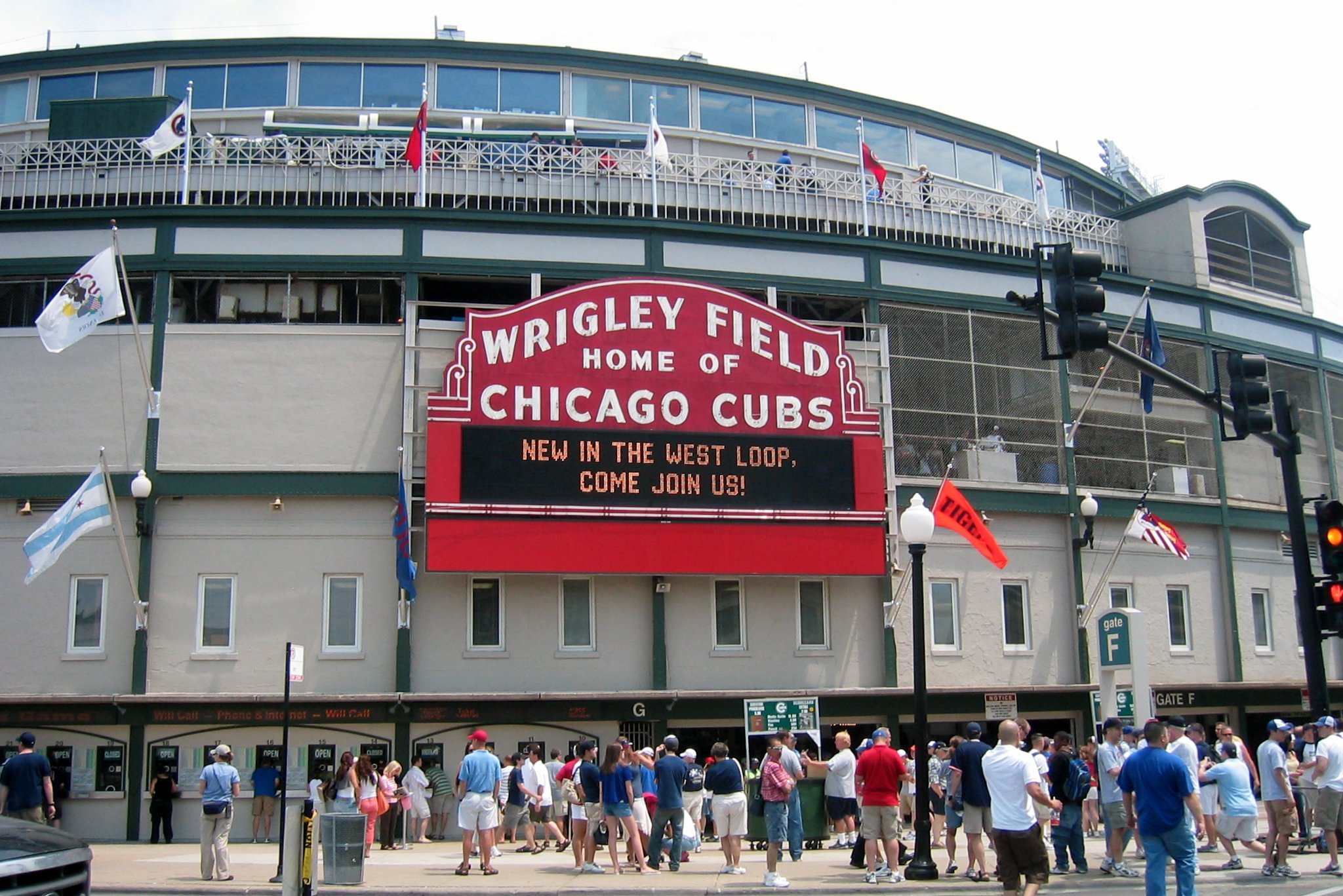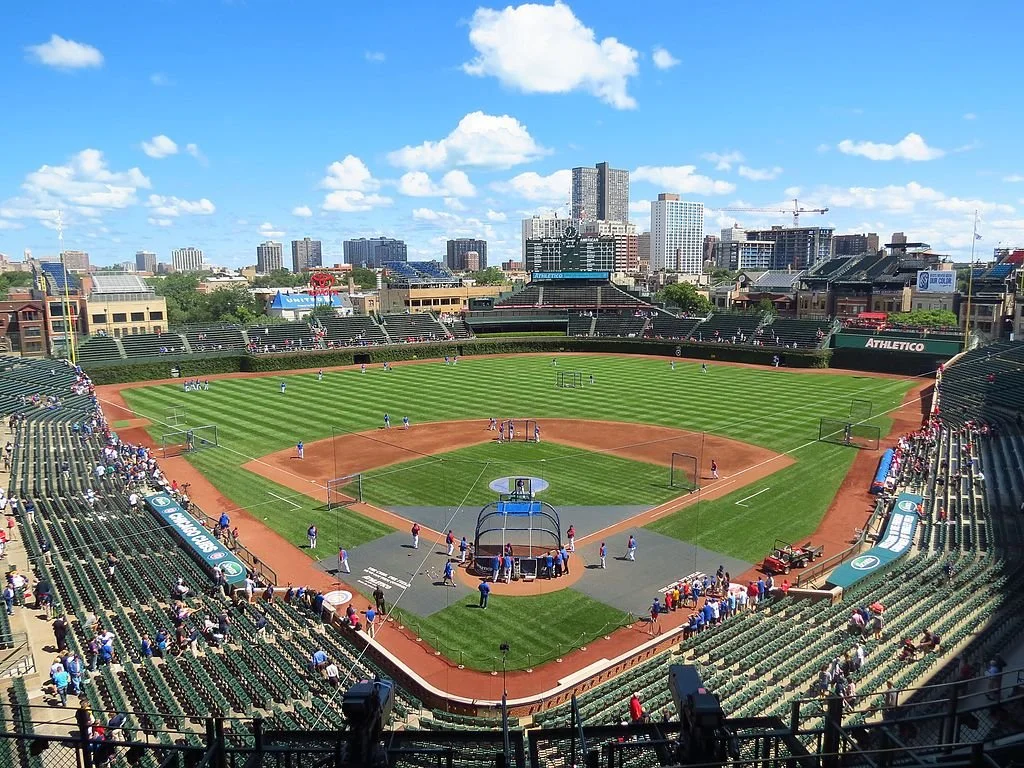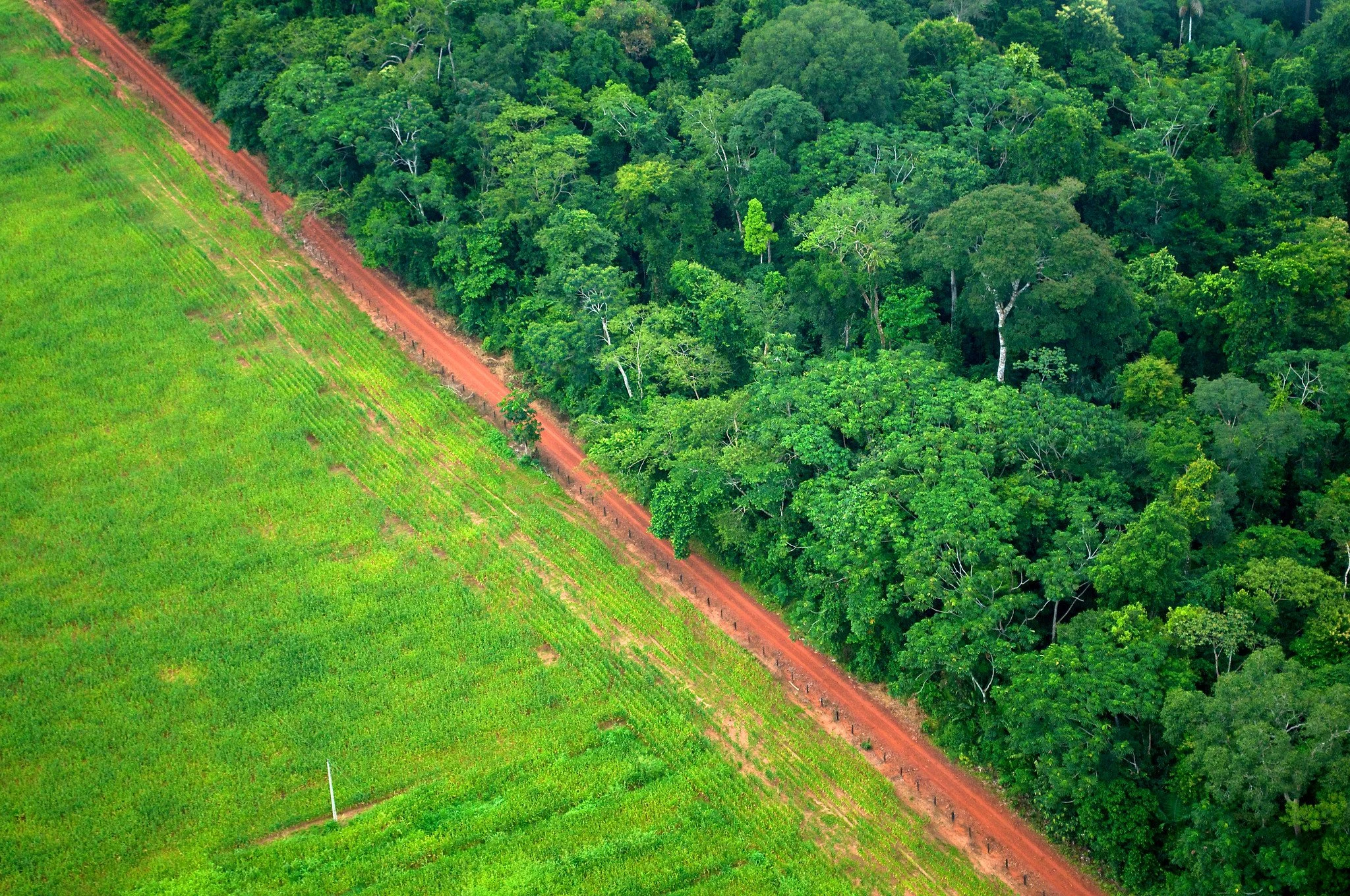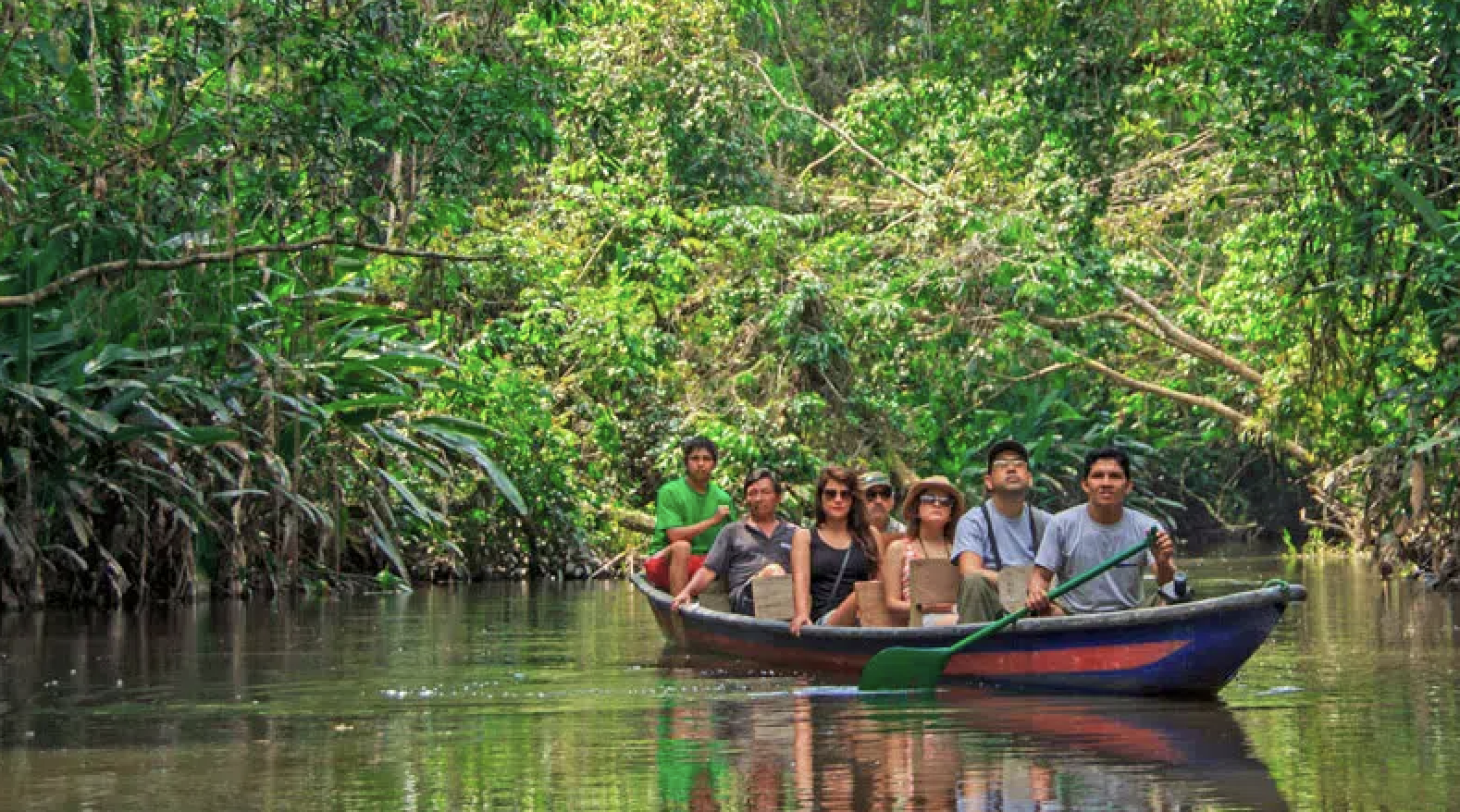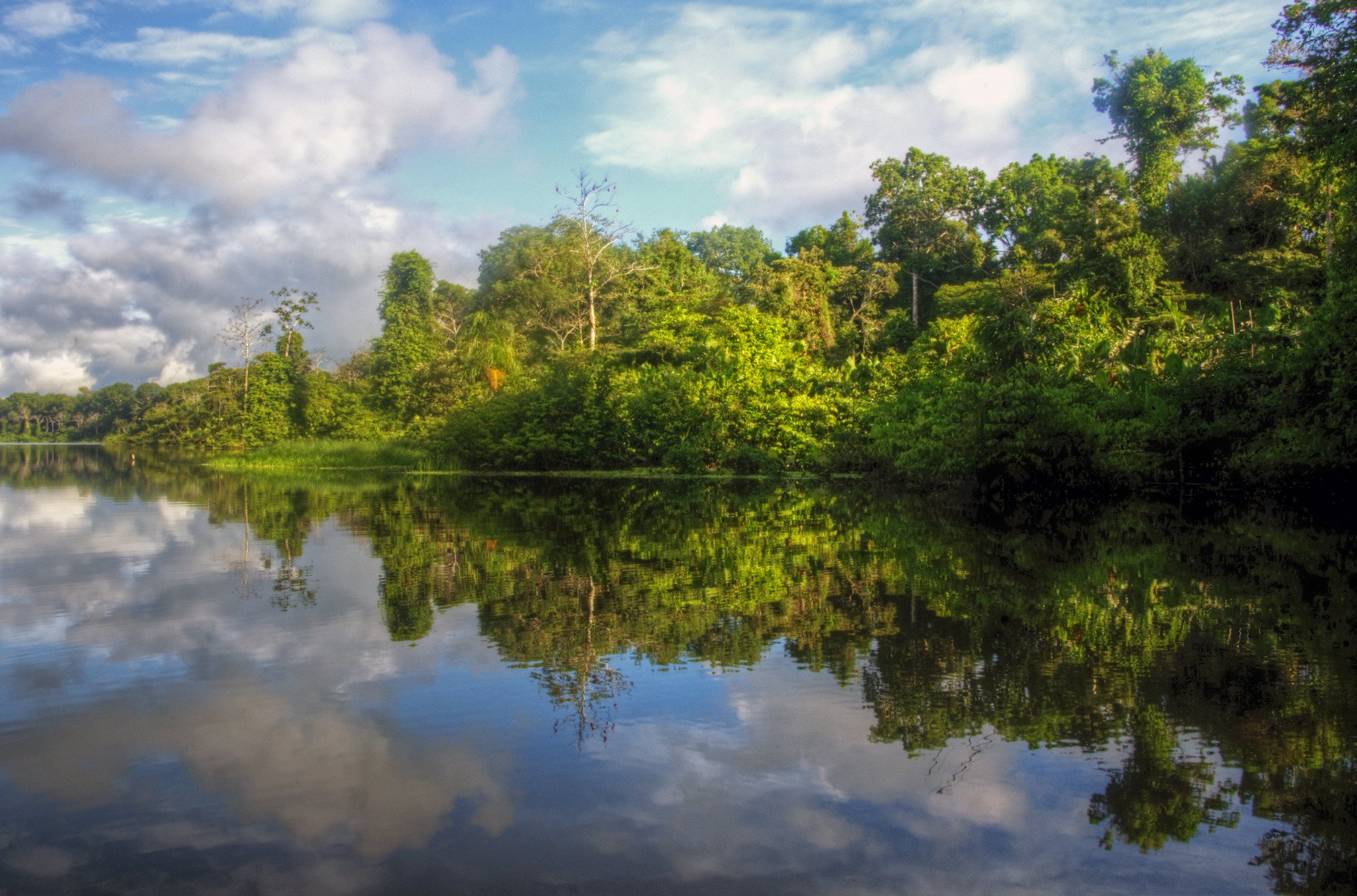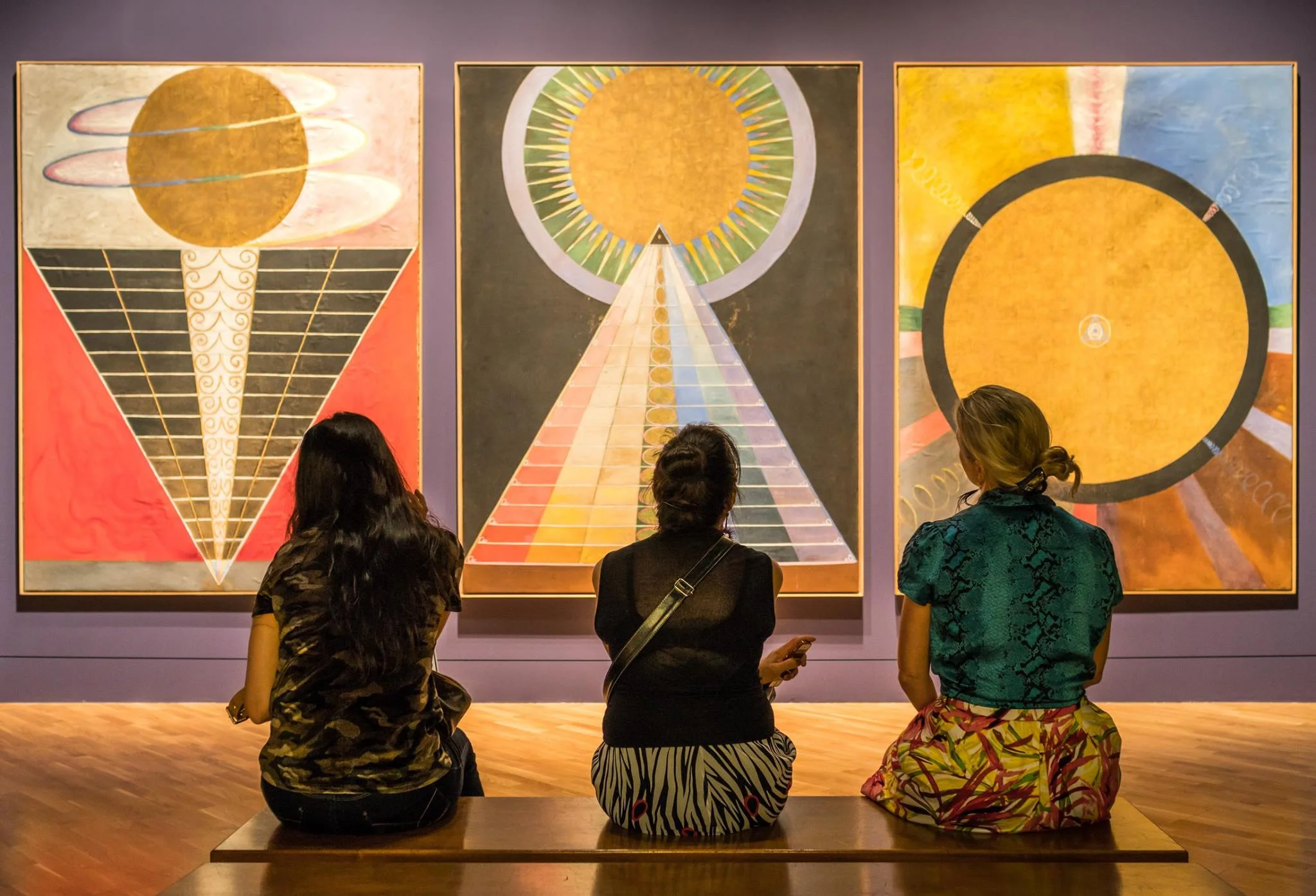Want to explore the largest rainforest on Earth? Should you head to Brazil, Peru or Colombia? Here are 5 tips to make your Amazon trip unforgettable.
One of the most memorable projects I ever worked on in school was about the Amazon. I remember it vividly: poring over pictures of sloths, parrots and winding rivers, reading about thick-canopied forests teeming with life and secrets. Since then, I’ve kept a close eye on what’s happening in South America and, when possible, have ventured to far-flung, wild places. But the Amazon — well, that’s still in a league of its own. And planning a trip there takes a bit of strategy.
“Few places on Earth compare to the Amazon — and with the right planning, you’ll be ready to discover it in all its intensity and wonder.”
RELATED: Preserving the Magic of the Amazon
Here’s what you need to know to make the most of an adventure that, if done right, will feel like stepping into a whole new world.
1. Determine your adventure style.
Let’s face it, “the Amazon” conjures up different images for everyone. Are you envisioning a canoe ride through quiet waterways, binoculars in hand, scanning for jaguars? Or are you more inclined toward guided nature hikes, where you can absorb insights on indigenous plants, medicinal herbs and Amazonian lore?
Brazil is your classic jungle adventure, with thrilling treks, wildlife galore and river communities, where you can experience a bit of daily life in the Amazon. Peru and Colombia, on the other hand, have national parks that blend cultural sites with nature, offering the chance to experience a little bit of everything — from visiting wildlife sanctuaries to learning about local customs.
2. Decide where in the Amazon you’re headed.
The Amazon is a sprawling natural giant, stretching across nine countries and more than 2 million square miles.
So, how do you decide where you want to go? Each Amazonian region offers something a bit different. Brazil’s Manaus is a popular gateway, but Peru offers incredible river cruises, and Ecuador is known for its pristine national parks. The location you choose will shape your experience, so let your interests lead the way. Want to get lost in deep jungle trails? Brazil might be your calling. More interested in a mix of culture, wildlife and guided excursions? Consider starting in Peru or Colombia.
An AI trip planner can be a lifesaver for navigating this decision, helping pinpoint destinations that fit your goals, timeline and budget.
3. Find flights and accommodations.
Getting to the Amazon usually starts with a flight into a major city, often São Paulo or Rio de Janeiro if you’re heading to Brazil. From there, you’ll hop on a regional flight to your main Amazonian destination, such as Manaus. For those aiming for Peru, Lima and Cusco serve as gateways to the country’s Amazon regions, with river cruises and jungle lodges that let you dive deep into the wilderness without having to go entirely off-grid.
While the Amazon isn’t a “budget” destination, booking early and looking at various starting points can help keep costs manageable. And if you’re going for Amazon guided tours, they often bundle accommodation and transport, so look for packages that offer flexibility and fit your adventure style.
Don’t forget: Each region’s climate can vary, so check seasonal weather patterns. For instance, from late spring to early autumn, the dry season is ideal for wildlife spotting and hiking, whereas the wet season offers a lusher, greener landscape.
4. Pack like a pro.
Packing for the Amazon isn’t quite like packing for your average vacation. It’s not just about comfort; it’s about being ready for any situation. Lightweight, moisture-wicking clothing is a must to handle the jungle’s heat and humidity, but you’ll also want durable hiking gear if you’re planning on hitting the trails. A waterproof jacket is non-negotiable, as are sunblock, a hat and any medications you need for the duration of your stay.
Here are some other important things to check off before you go:
Documents: Make sure your passport is current and you’ve got any necessary visas.
Vaccinations: Common vaccines like yellow fever are often recommended, along with malaria prevention.
Insect repellent: Trust me — you don’t want to skimp here. Stock up on good-quality repellent to keep those pesky bugs at bay.
Travel insurance: Medical emergencies in the Amazon are no joke. Make sure you’re covered for any unexpected costs in a remote area.
And be sure to bring a good flashlight, power bank and possibly a GPS for off-the-grid excursions.
Even your packing strategy should be built for flexibility because in the Amazon, Mother Nature doesn’t always follow your plans. Prepare for a mix of hiking, boating and relaxing by packing a bit of everything — from flip-flops to sturdy boots.
5. Embrace the local culture.
One of the most rewarding parts of traveling in the Amazon is meeting people who call this vast region home. Tourism, when done thoughtfully, can support the communities and help preserve the forest. Look for ways to engage responsibly. Consider eco-lodges that prioritize sustainability, and always remember that you’re stepping into a place with its own rhythms and traditions.
Understanding and respecting local customs can lead to a richer experience. Many indigenous communities welcome travelers, but it’s always good to know local etiquette. And it doesn’t hurt to learn a few words of Portuguese or Spanish to show your respect and interest.
The Amazon Awaits
Few places on Earth compare to the Amazon, and with the right planning, you’ll be ready to discover it in all its intensity and wonder. So do your research, respect the rainforest and its people, and pack a good amount of curiosity. Get ready for a journey to one of the most unique ecosystems on the planet — one that, with any luck, will leave you a bit changed when you return. –Lucy Roberts



